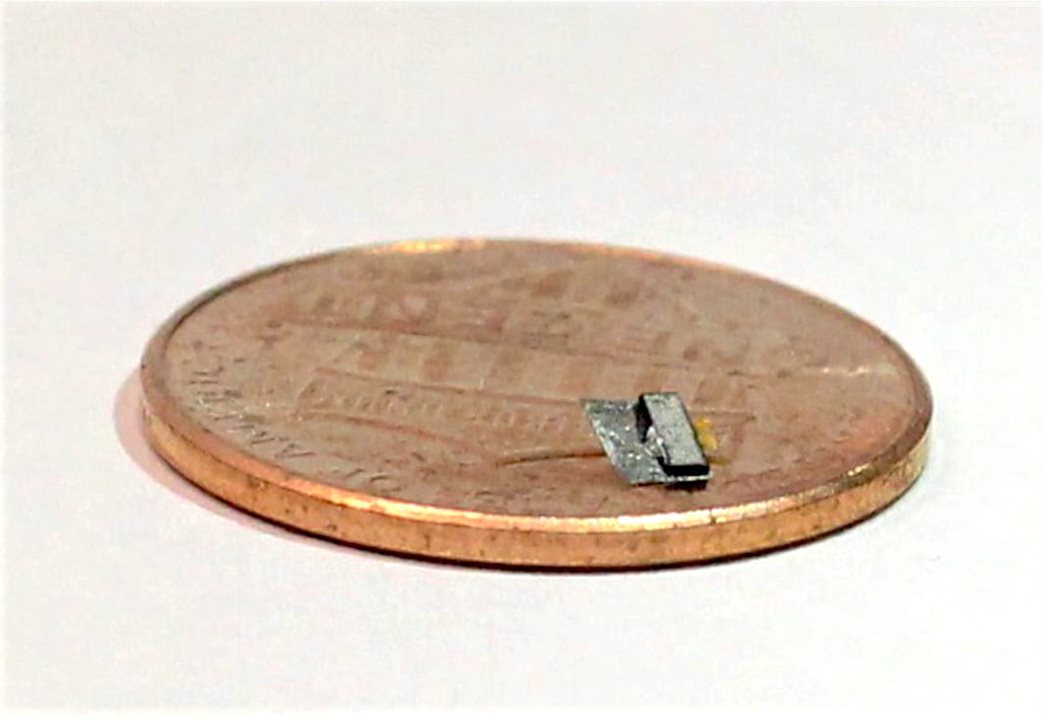
The team’s magnetoelectric material stimulates neurons and repairs severed nerves. (Image Credit: Robinson Lab/Rice University)
Rice University researchers have engineered the first magnetoelectric material that can treat nerve damage or neurological conditions by simulating neural tissue. This wasn’t possible before because neurons didn’t respond accordingly to a converted electrical signal’s frequency from other magnetoelectrics. In the study, the team’s material precisely stimulated neurons remotely and repaired a rat model’s broken sciatic nerve. They also demonstrated that the magnetic-to-electric conversion is 120 times faster than similar materials.
It could play a significant role in neurostimulation treatments due to the material’s performance and quality and minimally invasive procedures. For example, surgeons can inject small amounts of this material rather than implanting the device in the targeted area. Additionally, since magnetoelectrics have varying applications in electronics, computing, sensing, and other fields, this study “provides a framework for advanced materials design that could drive innovation more broadly.”
Their magnetoelectric material consists of a lead zirconium titanate piezoelectric layer placed between two magnetorestrictive layers of metallic glass alloys that rapidly magnetize and demagnetize.

The schematic diagram represents the neural response for linear magnetic-to-electric conversion (top two) compared to nonlinear (bottom third). (Image Credit: Josh Chen/Rice University)
The magnetorestrictive component vibrates with the magnetic field application. “This vibration means it basically changes its shape,” Gauri Bhave, a former researcher in the Robinson lab, said. “The piezoelectric material is something that, when it changes its shape, creates electricity. So when those two are combined, the conversion that you’re getting is that the magnetic field you’re applying from the outside of the body turns into an electric field.”
The downside is that the neurons can’t detect the electric signals generated by the magnetoelectrics because they’re too fast and uniform. In that case, the team created a new material so that cells would become responsive to a generated electric signal.
“For all other magnetoelectric materials, the relationship between the electric field and the magnetic field is linear, and what we needed was a material where that relationship was nonlinear,” Rice University neuroengineer Jacob Robinson said. “We had to think about the kinds of materials we could deposit on this film that would create that nonlinear response.”
The team put platinum, hafnium oxide, and zinc oxide onto a layer and placed them atop the magnetoelectric film. However, they also faced a drawback in finding a fabrication method compatible with the materials. “A lot of work went into making this very thin layer of less than 200 nanometers that gives us the really special properties,” Robinson said.“This reduced the size of the entire device so that in the future, it could be injectable,” Bhave added.
They then used the material to stimulate a rat’s peripheral nerves and demonstrated that it restores function in a severed nerve. As a result, their creation could have suitable applications for neuroprosthetics.
“We can use this metamaterial to bridge the gap in a broken nerve and restore fast electric signal speeds,” Chen said. “Overall, we were able to rationally design a new metamaterial that overcomes many challenges in neurotechnology. And more importantly, this framework for advanced material design can be applied toward other applications like sensing and memory in electronics.”
Have a story tip? Message me at: http://twitter.com/Cabe_Atwell
